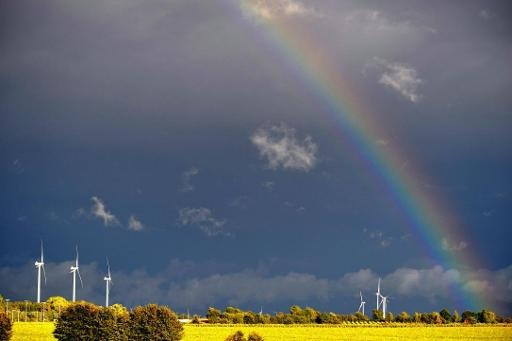One-fifth of Belgian energy consumption will be from renewable energy sources by around 2030. The outcome will occur if governments operate effectively within the energy sphere to make efforts in this regard. The Federal Planning Bureau has made the calculation in a study disseminated on Thursday. By 2040, green energy could well represent almost one-third of the Belgian energy mix.
Within its working paper assessing the impact of the energy and climate framework by 2030 in Belgium, the Federal Planning Bureau has calculated that the country will not be in a position to achieve the stated objectives in the Green Energy Package and the Paris Agreement. At least not without a change in policy direction.
By 2030, Belgium must specifically reduce its greenhouse gas emissions (known as “GAS”) by 35%, compared to the reference year of 2005. The reduction applies within sectors which do not form part of the European Emissions Trading System (“ETS”), such as construction, agriculture and even transport.
The report sets out three alternative scenarios compatible with the European 2030 climate and energy framework, and with the objective of reducing GAS emissions on an EU-wide scale by 2050. These trajectories differ as regards the so-called “electrification” of the energy system. Currently, around one-fifth of energy consumed is electrical energy, but in the future, this share is likely to climb by a third, in particular owing to the increase in electric vehicles.
The Federal Planning Bureau says that Belgium may well consume up to 19.7% of green energy by 2030, if the efforts in this direction come to fruition. If the policy direction remains unchanged, after 2020 only 15.4% of energy will be renewable, although the European target in the sphere is actually fixed at 27%. The European Commission nevertheless remains flexible and enables states to transfer potential energy surpluses over to future years.
Concentrating solely upon electricity, renewable energy sources are likely to represent around one-half of all production in 2030, and up to 60% in 2040.
The Federal Planning Bureau predicts that wind power will indeed have the wind in its sails in the coming decades, whilst the future is also expected to be bright for solar panels. Gas-fired power stations are also destined to retain a particular significance within the energy mix, owing to the complete closure of nuclear power stations. The closure is anticipated to take place in 2025. The report indicates that the current regime means that gas energy production is forecast to increase until 2035, but to reduce thereafter.
The Brussels Times

